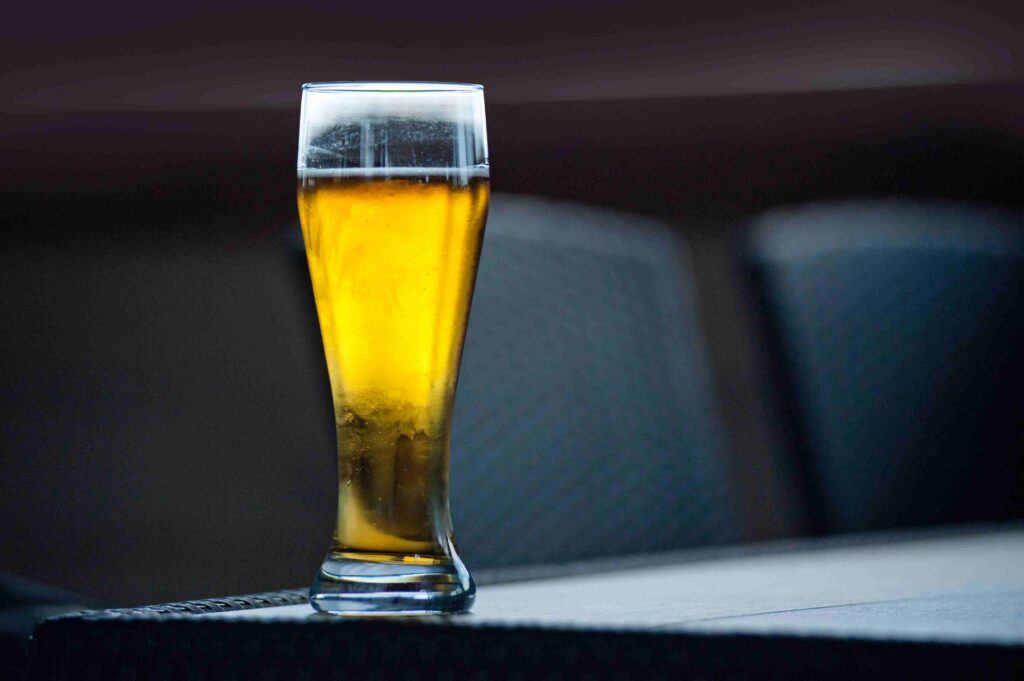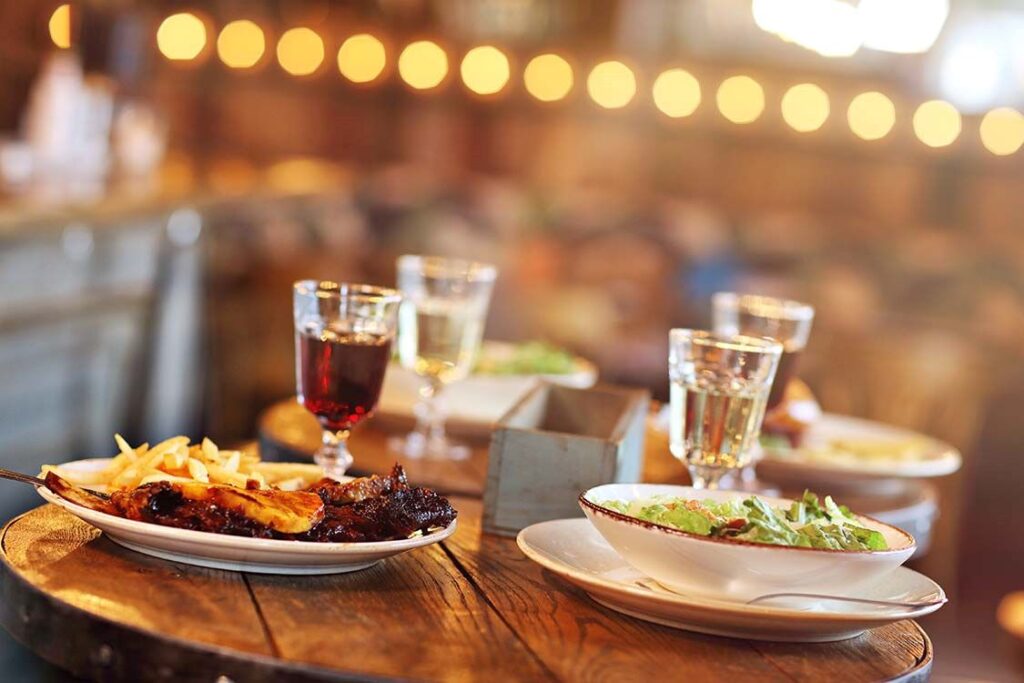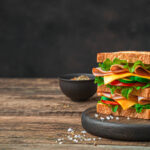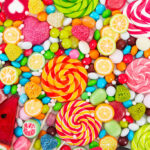By Aslı Tuncer Madge, Regulatory Researcher and Regulatory Trends Consultant
For consumers in Europe and North America, the weather is getting warmer and summer is on its way. And for many adult consumers, a cold beverage in the sun sounds like a perfect way to end the day. Depending on the age, location and taste preferences of the consumer, the cold beverage may or may not contain alcohol. In the following article, we look at horizon scanning related to the no- and low-alcohol beverages category.

FoodChainID’s Monthly Alcoholic Beverages and Non-Alcoholic Beverages Reports encapsulate the key news circulating in the media for a global look regulatory trends.
No- and Low-Alcohol Beverages: UK Consumption Trends
FoodChain ID’s Monthly Alcoholic Beverages and Non-Alcoholic Beverages Reports reveal a growing interest in no- and low-alcohol (NoLo) beverages. According to recent data from IWSR, the NoLo category is expected to experience a compound annual growth rate (CAGR) in volume of 6% between 2023 and 2027, with younger generations in some markets driving faster growth rates. An article in the Guardian, citing data from the hospitality research organization KAM, reports that UK consumers are reducing their frequency of alcohol consumption. KAM discovered that in 2023, 5.2 million fewer UK adults drank alcohol weekly compared to 2021. According to Kantar, UK adults who claim to drink alcohol at least once a week are more likely found in older age groups. In the 18–24-year-old segment, 25% claim to drink once a week or more, compared to 52% of those aged 50+.
Growth Drivers for No- and Low-Alcohol Beverages
The growth in no- and low-alcohol reflects a broader movement towards wellness, with alternative beverages gaining popularity as awareness of alcohol’s possible negative impact on physical and mental well-being increases. However, health recommendations about alcohol have been conflicting. Some sources state no level of alcohol consumption is safe for our health. Dropping red wine from the Mediterranean diet has been discussed and promoted as a healthy regime, while other authorities are emphasizing the fact that there should be a distinction between abuse and moderate consumption in label guidance. In the United States, regulatory policy makers state that adults of legal drinking age can choose not to drink, or to drink in moderation by limiting intake to two drinks or less in a day for men and one drink or less in a day for women.
As with many food and beverages choices, taste in still a major driver of behavior. Traditionally, non-alcoholic beers or rums have struggled to capture the taste of their alcoholic counterparts. Consumers expect NoLo beverages to deliver on both fun and flavor.
Regulatory Issues for No- and Low-Alcohol Beverages
Beverage innovations are intersecting regulatory policy considerations. In the UK, the non-alcoholic beverage sector is calling for adjustments to the alcohol-free threshold by increasing it to an alcohol by volume (abv) of 0.5 percent instead of 0.05 percent. The push reflects the growing demand for alternatives that offer the taste and experience of traditional alcoholic beverages.
So, what does this mean for many consumers’ beloved summer beer? The industry is rapidly innovating to meet the growing demand for no- and low-alcohol beverages. As the debate about alcohol’s role in health continues, one thing remains certain: a refreshing beverage might be the quintessential companion to lazy afternoons, beach vibes and backyard barbecues. Whether it’s alcoholic or non-alcoholic, the consumer will ultimately decide.











